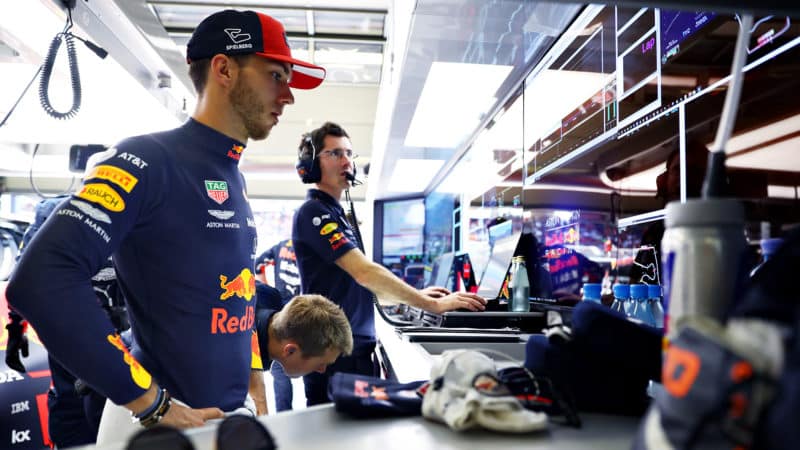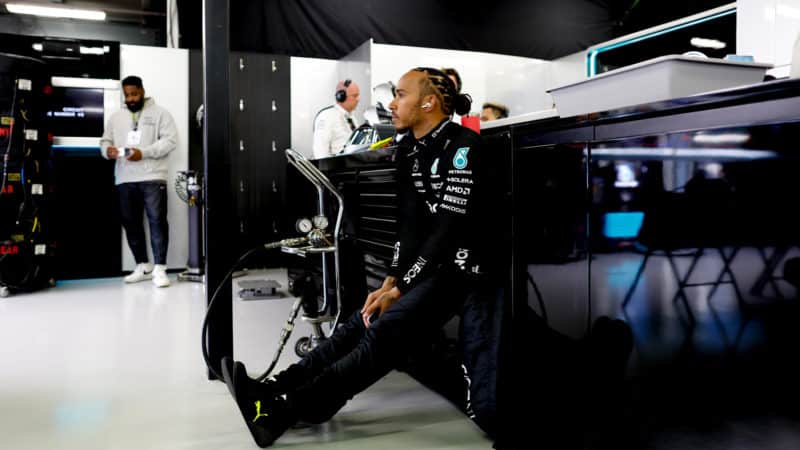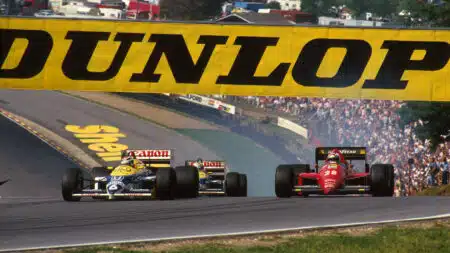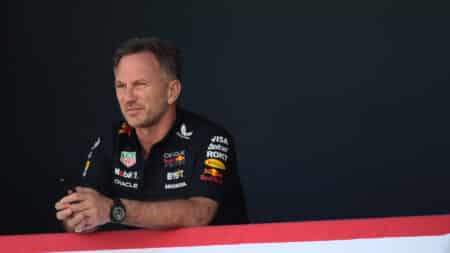You may recall a couple of weeks ago in this column we covered Lewis Hamilton’s issue with the cockpit positioning of the Mercedes W13 and how disappointed he was that his feedback from the similar positioning of last year’s car had not been listened to. He probably has reason to feel aggrieved. Between the ‘diva’ Mercedes of 2017 and the utterly dominant car of 2020, he feels the team was gradually responding to his urging them to move the centre of aero pressure of the car rearwards. Even if this didn’t give the ultimate numbers, he was saying, he could more than make up for that by how much harder he could drive it. There did seem to be a year-by-year correlation between the team moving in that direction and how competitive the car was. The floor trim regulations of ’21 destroyed that direction. The all-new ’22 aero regs resulted in the clean sheet error from which it’s still trying to recover. So it hasn’t been as easy to follow Hamilton’s direction.
Jenson Button makes the following observation about Max Verstappen. “What he’s brilliant at is driving a car which the wind tunnel says is the ultimate. For most drivers that aero balance feels horrible and they tune it away from that so that they can drive it properly. Max doesn’t seem to need to do that.”
“In an F1 team the system is so big, to revert back is quite long and painful”
But there are even downsides to having a driver so attuned – as happened back in 2020, as Red Bull tech director Pierre Wache explained at the time. “He has an ability to control instability that would be impossible for some others. We know that sometimes, making a car on the edge in this way can create a quicker car. So we went in this direction and Max was extracting lap time from it and so we kept going in that direction. But it was only because he has so much talent that he was still quick in it. We realised after a while that we had reached the ceiling with the car in this way and also you saw with the other drivers, with Pierre [Gasly in 2019] and Alex [Albon], they struggled to extract the best from it. We had gone too far in this direction. In an F1 team the system is so big, to revert back is quite long and painful.”

Gasly couldn’t match Verstappen in a Red Bull that was taken to extreme
Mark Thompson/Getty Images
As with Hamilton, there seems to be a grey area where theory and feel aren’t quite the same, where engineer and driver may be talking different languages, each not fully understanding the other.
“Simulators are powerful tools nowadays,” says Adrian Newey, “and getting the drivers in to use the feedback and the feedback from the cockpit at the track is hugely important. That’s the whole thing, you have all these sensors which by and large tell you what the car is doing but they don’t tell you why. Why it does something is very often so dependent on the driver and very often the driver will adjust his style to whatever the car characteristic is. In the past we had a car that was quick to rotate but which could be a bit nervous on entry and Max was very happy to live with that and use it to great effect. His team-mates often found that more difficult. To an extent a car will evolve to the feedback of the driver because that’s a significant part of how you develop the car. If you respond to his criticisms of it … if his criticism is entry stability then you respond to that. If his criticism is apex understeer you respond to that.”
In the coming era of AI technology, is bridging that communication gap going to be where the big gains are?







